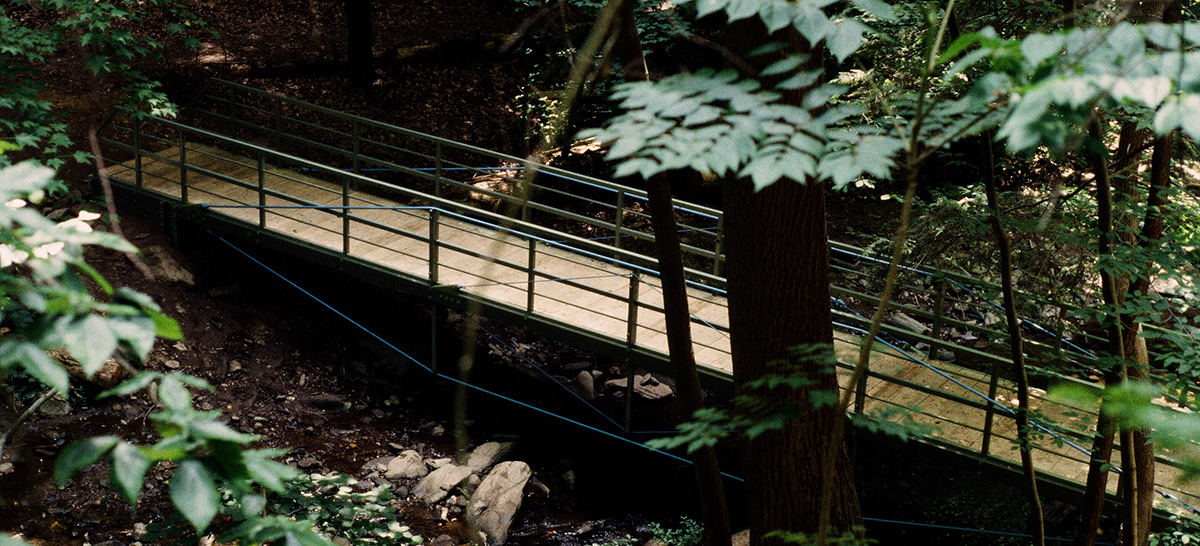Beam-Trusses
Historically, the beam-truss was developed by the Greeks. Beam-trusses were used extensively in the Middle Ages by the master craftsmen to build churches and halls as well as houses. The beam-truss form is unique as it is subject to both bending and axial type stresses under loading conditions. Initially this made it difficult to analyze as it was a statically indeterminate problem. Analysis methodologies had to be developed to accurately determine the stress and deflection behavior of the beam-truss.
Robert LeRicolais, a pioneer in lightweight structural systems in the 20th century, commented in “Structures Explicit and Implicit” (1973) on the future potential use of the beam-truss form:
“In the early trusses, the top chord was an ordinary wood section working well in compression, in a limited amount of bending too, and for the bottom chord they had metal, with its advantages in tension. I think the invention of ways to use materials of such different properties together by differentiating their possibilities has had a great impact on the evolution of structures. Not only has this led to increased spans, but also to the introduction of some remarkable specialized materials into our vocabulary, such as high-tensile steel, and perhaps these developments justify some further work with the king post and queen post, especially if we hope to have some chance of success in competing with prestressed concrete.”

The fiberglass reinforced plastic (FRP) beam-truss does just that. FRP has many advantages over traditional materials such as wood, steel and concrete when used in the beam-truss form. FRP has a low modulus of elasticity (E) to ultimate strength (Fu) ratio when compared with traditional materials:
| Wood | 1,500,000/3000 = 500 |
| Concrete | 4,000,000/5000 = 1200 |
| Steel | 29,000,000/58000 = 500 |
| FRP | 4,500,000/60000 = 75 |
Due to the low modulus/ultimate strength ratio it is much easier to prestress FRP than other materials. Prestressing the FRP beam-truss allows for the following unique characteristics:
- Increased Strength
- Minimize dead and live load deflections by precambering
The system can also be easily modified to provide additional strength and stiffness at a future time.
Fiberglass Trusses, Inc. has developed a proprietary prestressing approach which makes use of the high strength and low modulus characteristics to create “state of the art” high strength, lightweight structural components that can be used in a variety of building applications.